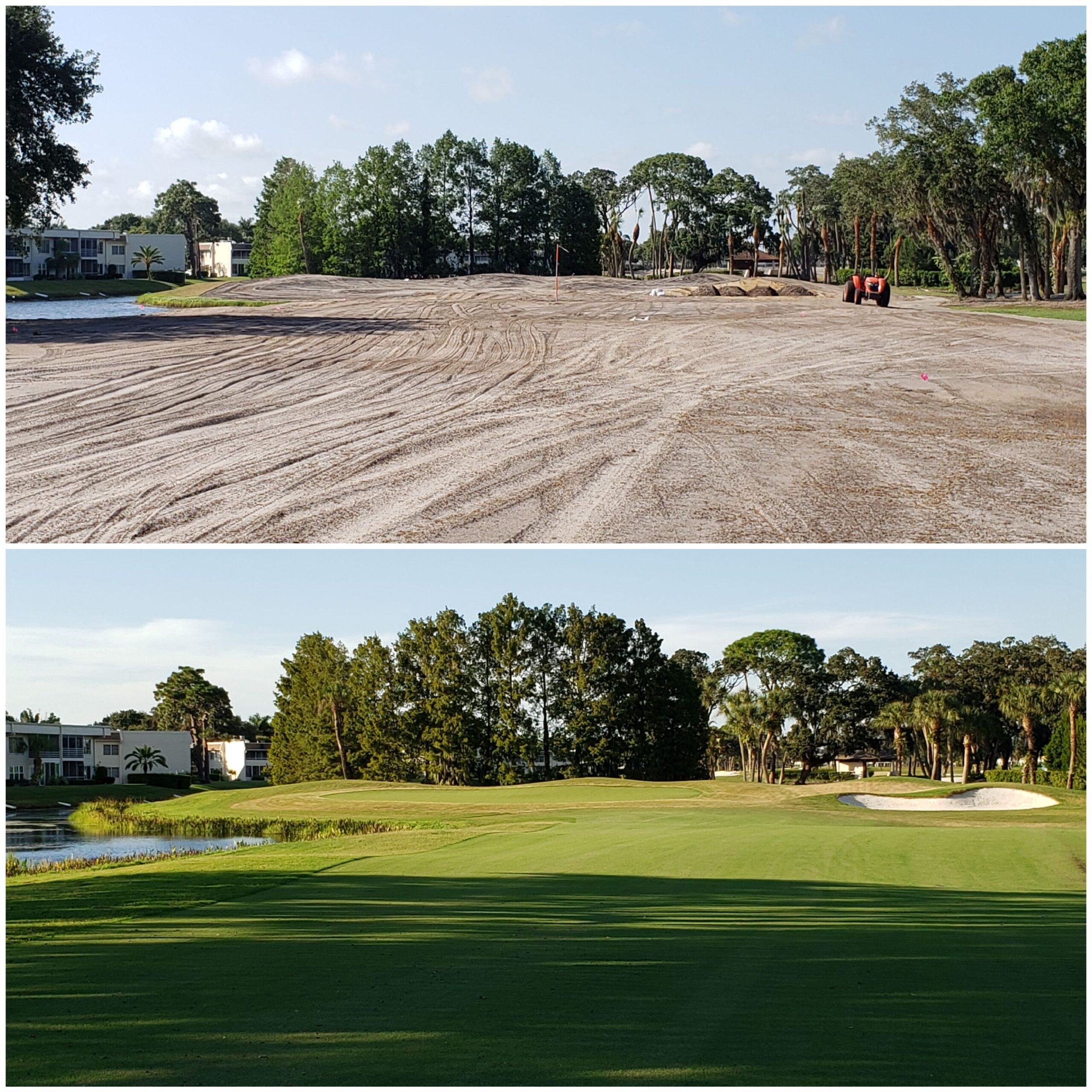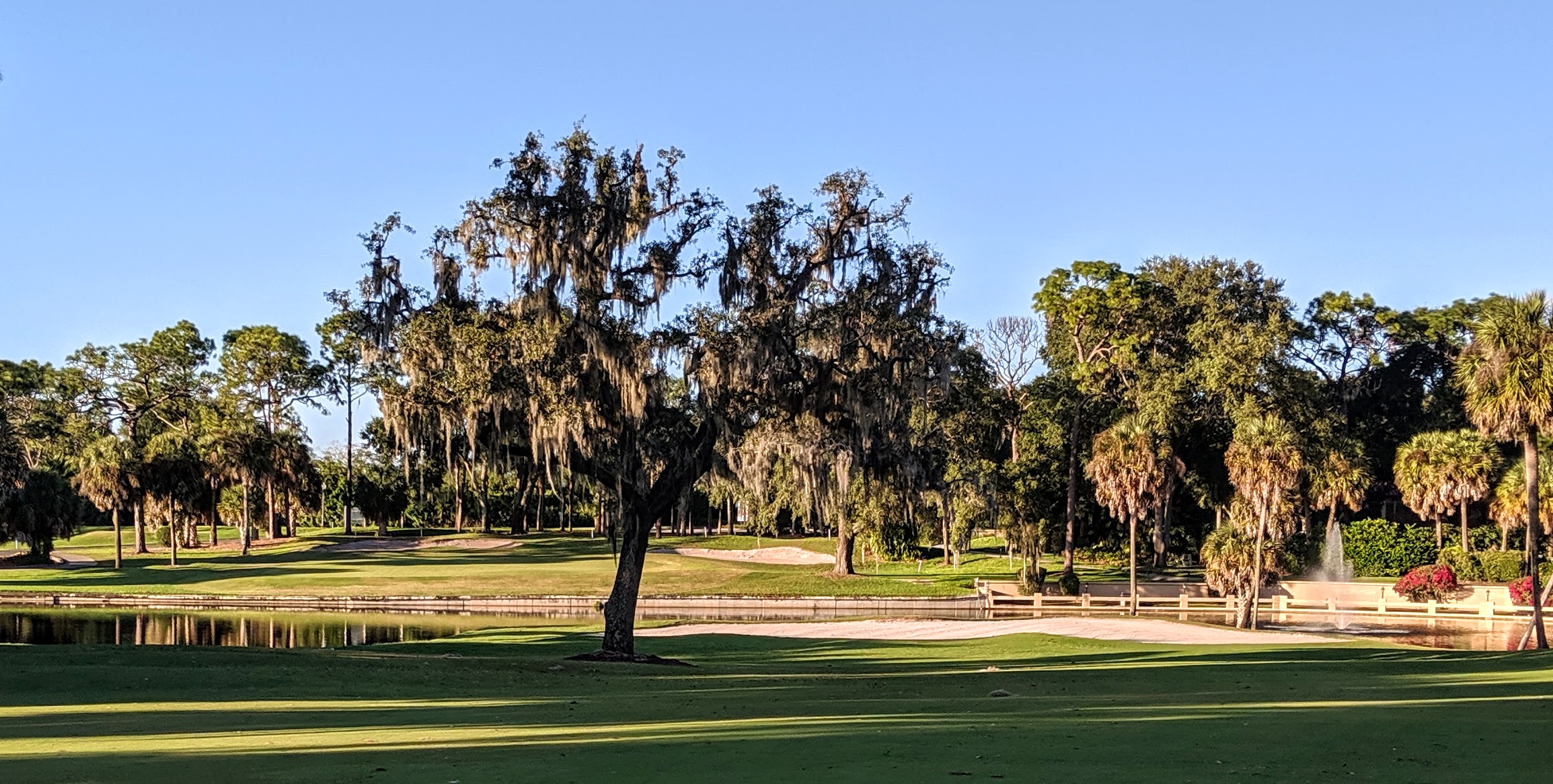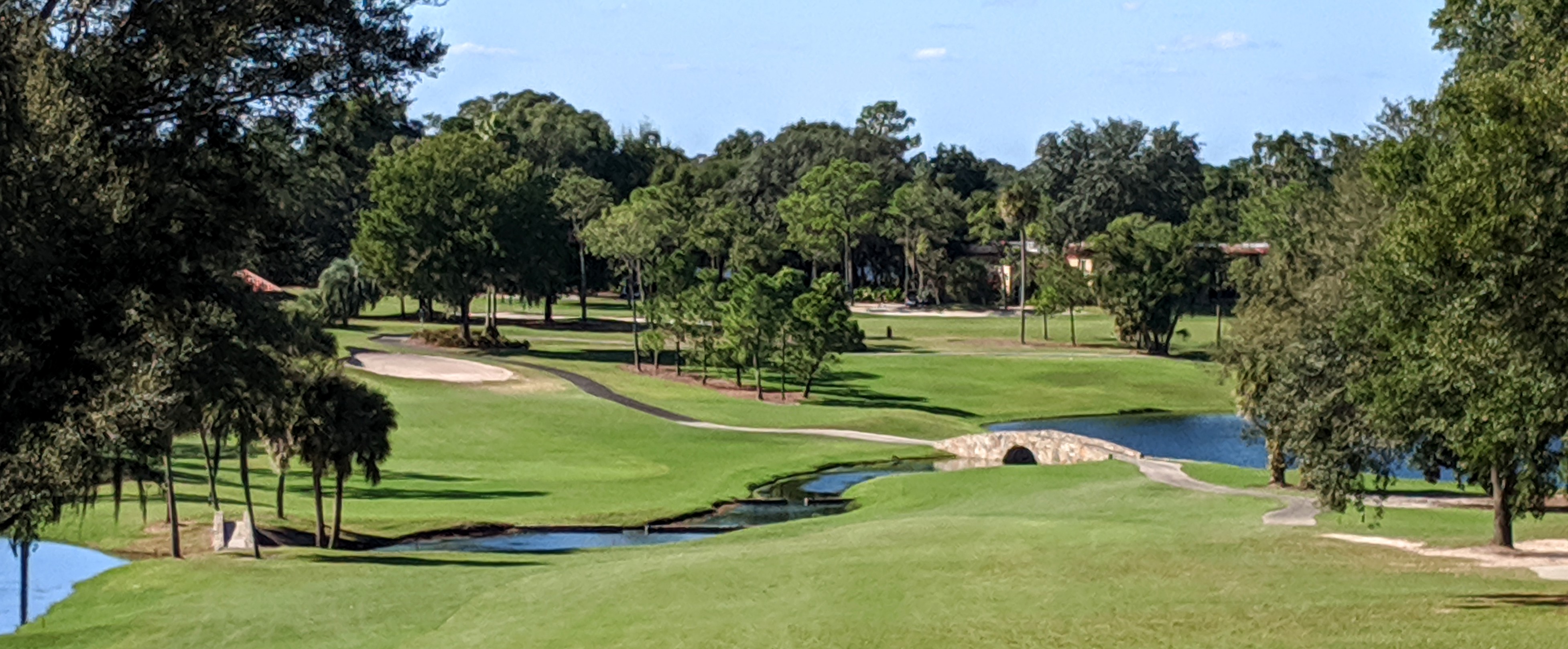
SARASOTA, FL. – The Champions Course at Palm Aire Country Club was one of the more difficult courses in Florida, and it may still be. It will, however, have a much different look when it re-opens following an extensive $2 million renovation on December 1.
The original version, created by architect Dick Wilson, opened in 1957 when the club was named DeSoto Lakes. The club added a second 18-holer, The Lakes – a Joe Lee design, in 1984 when the Palm Aire name went into effect.
In its early years the Champion layout was known as the Green Monster and was the site of PGA and LPGA Tour events as well as the National Lefthanders Championship and the LPGA Legends Tour’s Handa Cup. Tour events won’t likely return because the practice range is on the short side, but new features will stir conversation once the club’s members and their guests have crack at it.
Illinois-based architect Mike Benkusky, who had worked almost entirely in the Midwest before landing the Palm Aire project, calls the renovation “a re-imagining’’ of the course that the respected Wilson brought to life. Wilson’s work also included Bay Hill and Doral’s Blue Monster in Florida and the Dubsdread course at Cog Hill in the Chicago area.
The Champion’s “re-imagining’’ will feature runway tees, two of them measuring about 100 yards; the use of 15 acres of crushed shells that will benefit cart traffic but will come into play as well; and a vastly different scorecard. There’ll be eight – yes, eight – sets of rated tee markers for the men and five for the women and they’ll be designated by numbers, not the colors used in the past. Tee markers will range from 4,466 yards on the short end to 7,126 at the tips – that’s 125 yards longer than the pre-imagining layout.
“Using tee numbers instead of colors will change peoples’ mindsets,’’ said Palm Aire director of golf Jay Seymour, who has been at the club for 11 years. “Instead of playing the white tees, players may decide to play the 4-tees or the 5-tees. It comes down to what yardage do you want to play, not what color.’’
The flagsticks will all have white flags, so they won’t designate a pin placement in the front, middle or back of the green.
“That’s not always the best way to utilize the greens surface,’’ said Seymour. “We’ll be taking advantage of technology to do that.’’
Palm Aire has been a test site for Easy Locater’s state of the art app that provides a more detailed description of the pin locations.
While most of the concrete cart paths will remain, the crushed shells will combine with the runway tees to create a more modern day look for the course overall. The long tee boxes not only provide an updated appearance but will also enhance maintenance procedures.
Sixty-five oak trees were removed in the “re-imagining’’ and lots of collection areas were created around the greens. A history wall was erected around the No. 1 tee. Greens were expanded to their original size and bunkers were given a more severe look while the new BillyBunker system will improve drainage in them. And, the sand is now white instead of tan.
While overall yardage hasn’t changed dramatically, the way it has been distributed will be noticeable.
“For those who preferred the White tees the yardage stayed the same, about 6,000 to 6,100 yards,’’ said Seymour, “but the par-5s will now be on the shorter side and the par-3s will be on the longer side. There’ll be a nice mix of par-4s.’’
The original target date for the re-opening was Nov. 1, then the greens committee pushed it back to Nov. 13 and finally to the recently announced Dec. 1.
“They’re not rushing it – and that’s good,’’ said Benkusky.“Everything’s looking good. The greens look very good. We’re right on schedule.’’.
Seymour said some college events and USGA qualifiers would like be held on the Champion Course. That’s in contrast to when Wilson did his work. The PGA Tour conducted the DeSoto Open there in 1960, Sam Snead winning the title. A year later another Hall of Famer, Louise Suggs, won Golden Circle of Golf Festival, an LPGA event, on the course. That was one of Suggs’ five wins that season.








